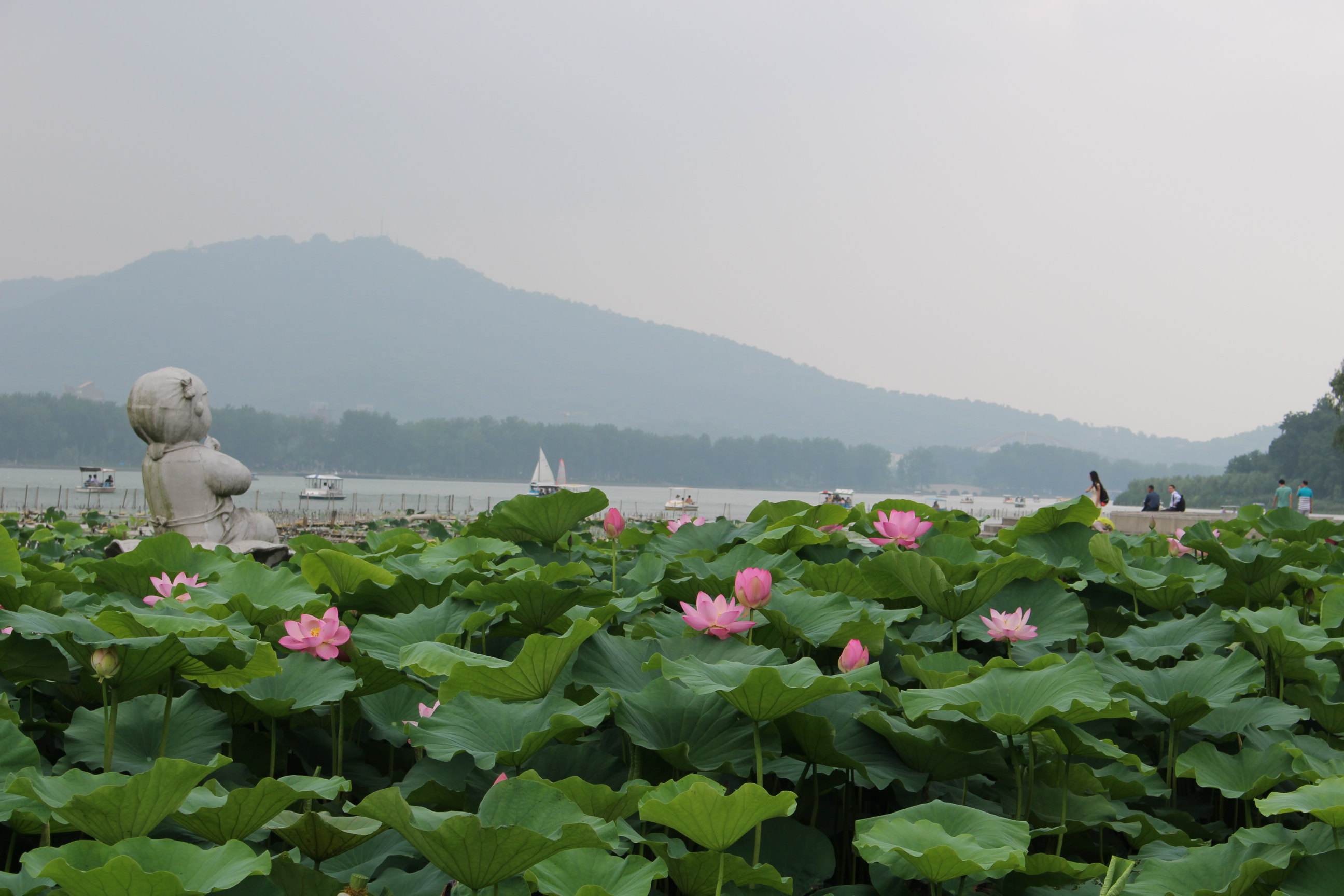About the City of Nanjing
Nanjing is one of China's great ancient capitals and historically and culturally famous cities. It has so many scenic spots deserving visits: Dr. Sun Yat-sen's Mausoleum, Ming Dynasty Tomb, Zhonghua Gate, Zhanyuan Garden (Taiping Heavenly Kingdom Museum), Ganjia Residence (Nanjing Folklore Museum), Presidential Residence, Confucius Temple, Nanjing Museum, etc. Students can go outside of class time, visit other places in China. When traveling, you must bring your passport and residence permit, and must protect your identification and valuables.
Nanjing's climate is subtropical and humid, its average annual temperature is 15.3 ℃, and its annual precipitations is 1106.5 mm, with the rainy season being mid-June to early July. “Summer heat, Winter cold” are words that differentiate Nanjing from other cities south of the Yangzi River in how aptly they describe the city's climate. Chances of snow are usually greatest in December.
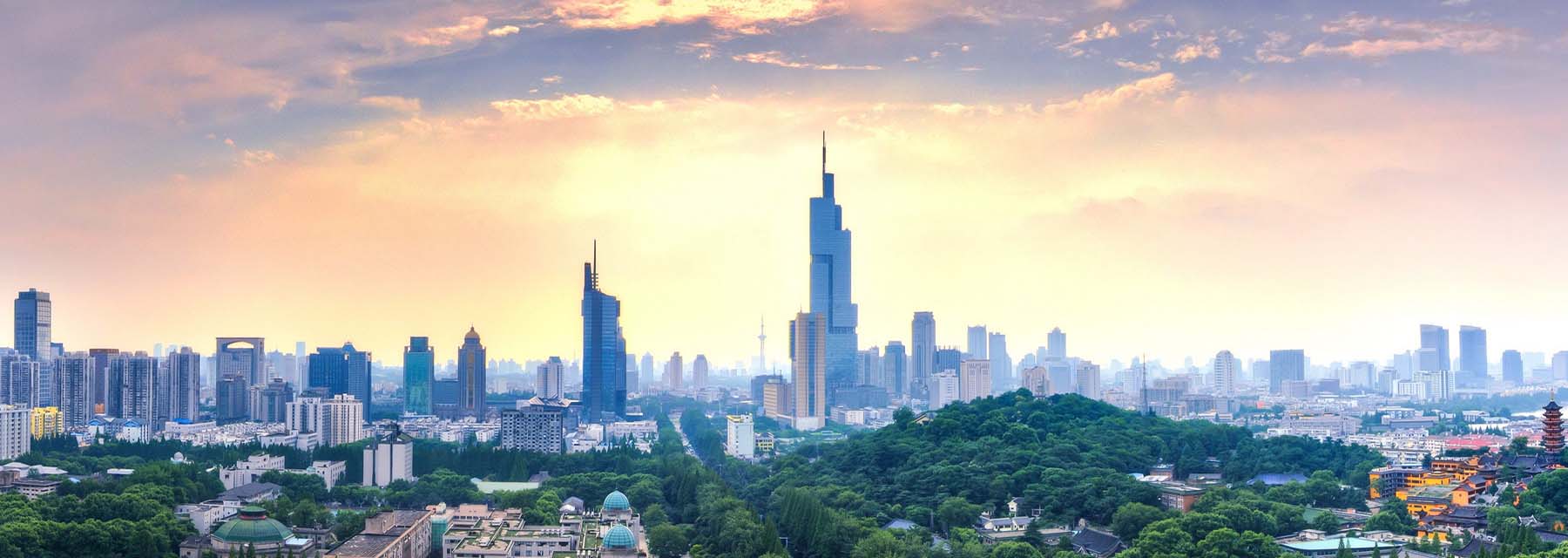
Spring: Nanjing’s spring begins roughly in late March or early April, and lasts until late May or early June; its average length is 60-70 days.
Summer: Nanjing’s summer runs from early or mid-June to mid-September, lasting roughly 100 days, and can be divided into distinct rainy and mid-summer drought weather.
Fall: Fall runs from mid-September to mid-November, lasting roughly 60 days.
Winter: Nanjing’s winter lasts from mid-November to late March or early April of the next year. Winter weather is characteristically cold and dry. Falling temperatures and strong winds are this season’s main weather phenomena.
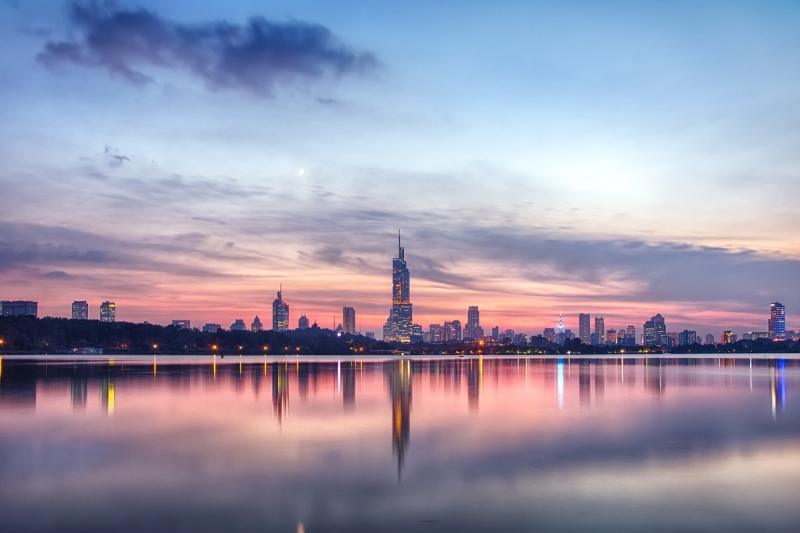
Confucius Temple
Confucius Temple is located in the south of Nanjing City, situated on banks of Qinhuai River. For many years it is a place reputed as a center of culture, arts, shopping, entertainment and grand fairs.
The area was very prosperous in Ming and Qing dynasties, well known as Shi Li Qinhuai, which means that the streets in the Fuzimiao area had a total length of 10 Li (5 km), and the place was described as with countless shops, restaurants, bars and hotels, lining up two sides of these streets with colorful signs and lights.
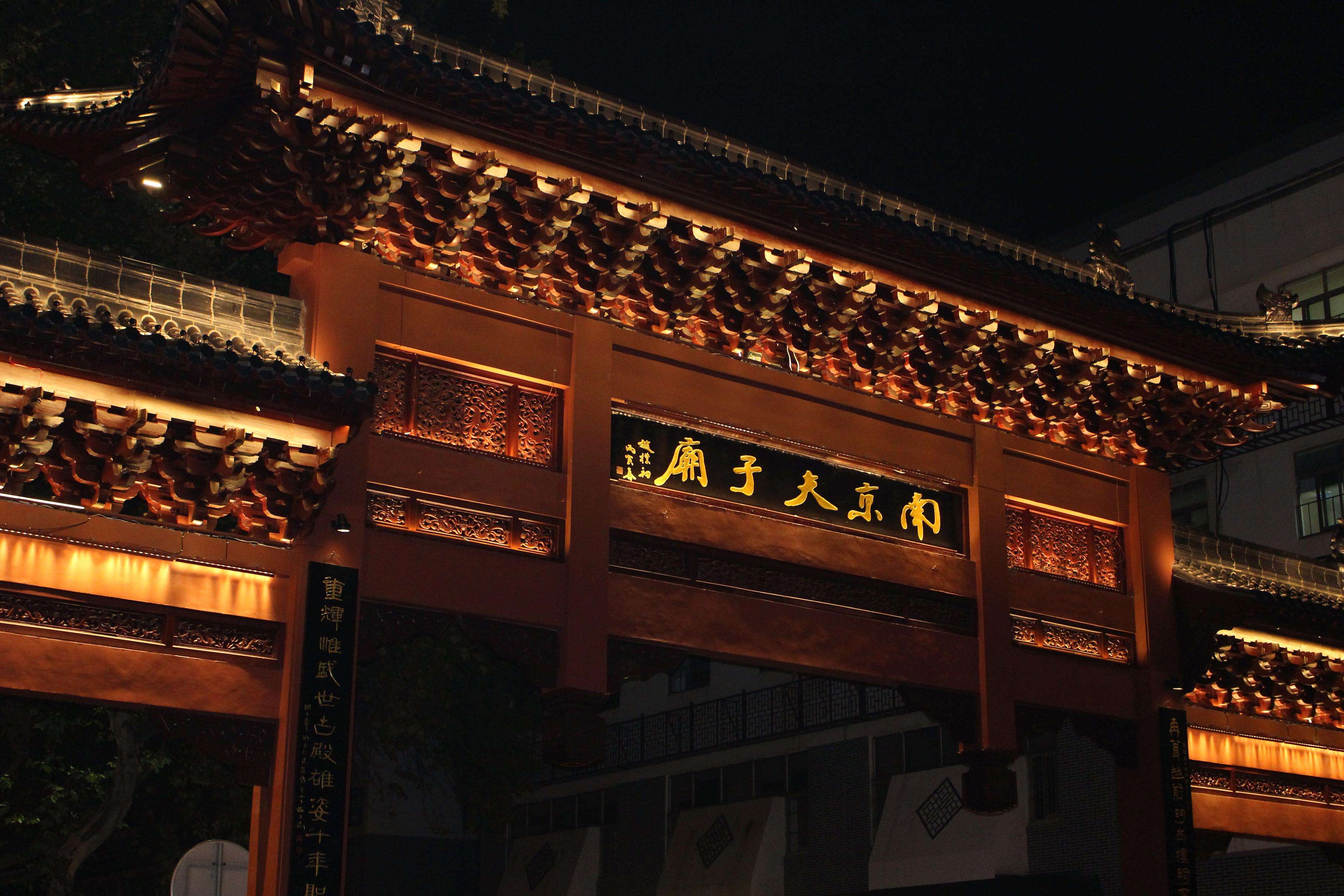
Qinhuai River
The Qinhuai River is the biggest river in Nanjing. It is also the birthplace of the age-old Nanjing culture. As such, it is called the mother river of Nanjing. It is the life blood of the city. Qinhuai River is so fascinating that it captures the imaginations of people both at home and abroad.
Now the flourishing riverside area can be compared to the Nanjing Road of Shanghai and some do call it the Mini Nanjing Road. Small shops, stores, restaurants and bars cluster the area. You can find everything here ranging from colorful trinkets to local specialties. If you are good at bargaining you will be able to purchase some very cheap items here. At night the whole area is lit up with colorful lights thus creating a very impressive scene. A lively street market is set up in the area and both locals and tourists take part in the bargain hunt.
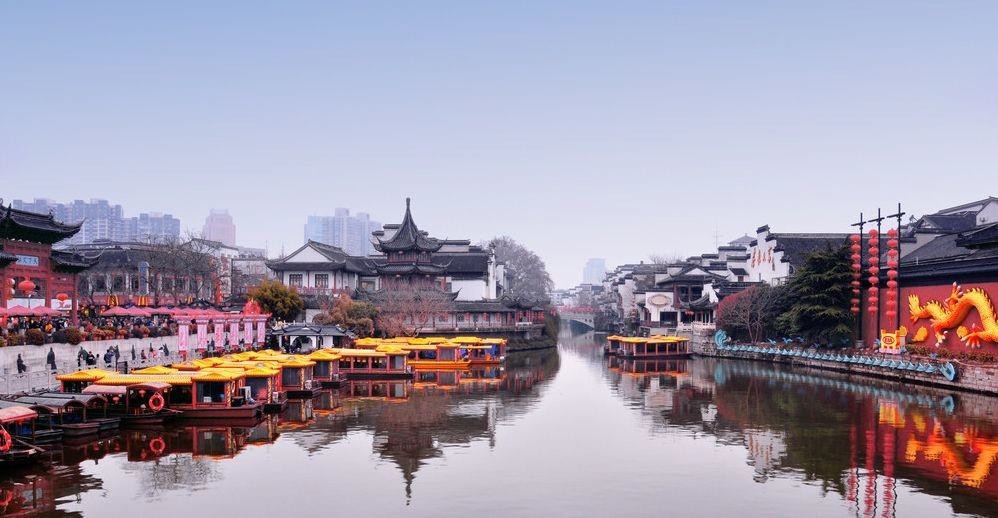
The Former Residence of Gan Xi
The Former Residence of Gan Xi, known as the Grand Courtyard of the Gan Clan, is located on Zhongshan South Road, Nanjing. It lies next to Nan Bu Ting, the South station of the former Nanjing Police Station.
It was built in the reign of the Jiaqing Emperor (1796–1820), the Qing Dynasty, and its first owner was Gan Xi’s father, Gan Fu. Originally known as Fraternity Hall, it now serves as the Nanjing Folk Museum.
There is a well-known claim that the Forbidden City, the largest imperial palace complex, contains 9,999 and a half rooms, and that the largest mandarin estate, namely the Mansion of Confucius’ Descendants in Qufu, supposedly comprised 999 and a half rooms. As a large residence belonging to commoners, the Gan Family Mansion was often said by analogy to contain 99 and a half rooms, though in fact there are over three hundred.
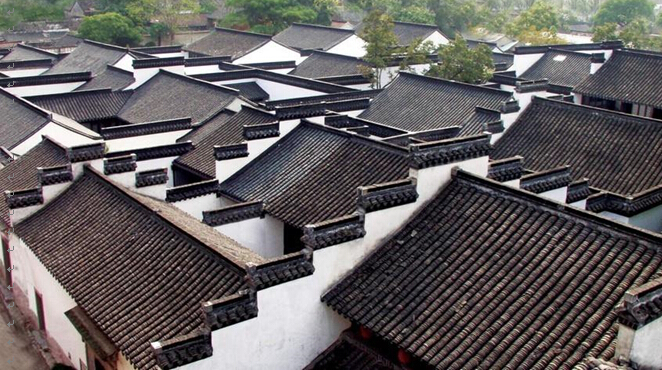
Ji-Ming Temple
The Ji-Ming Temple is a renowned Buddhist temple in Nanjing. It is one of the most antique temples in Nanjing. The temple is located near the Xuanwu Lake in central Nanjing. It was built first in the Southern Tang Dynasty and then in the Song Dynasty. The existing Temple was built in the Ming Dynasty.
With Xuanwu Lake at the back, Jiming Temple faces the Purple Mountain to the east. Inside the temple are Guanyin Building, Huomeng Building, Jingyang Building, Rouge Well, etc. Legend has it that when the emperor of the Southern Tang Dynasty and his concubine hid themselves in the well in order to escape the enemy pursuit, the stains of rouge were left on the well: hence the name of Rouge Well. Behind the temple there remains a section of palace wall called Taicheng.
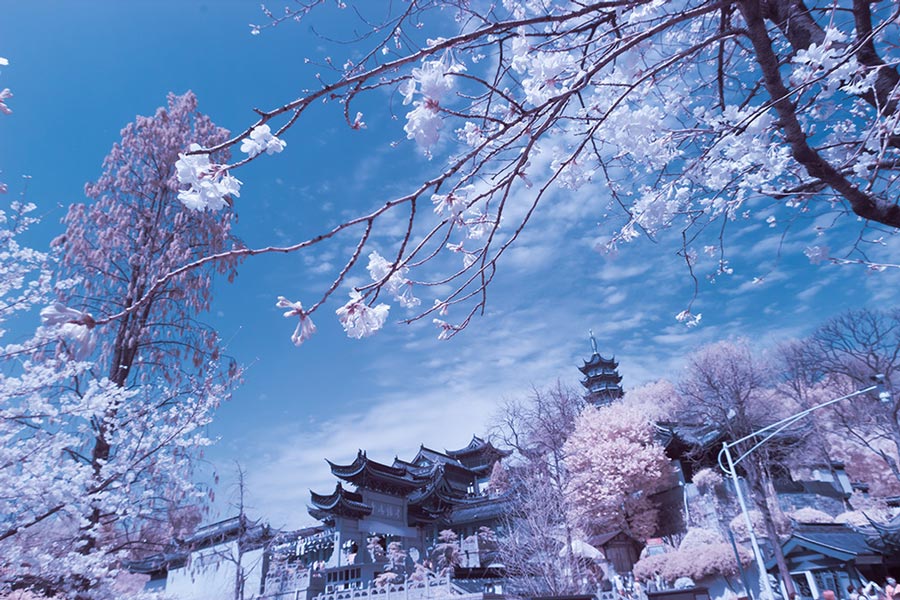
Sun Yat-sen's Mausoleum
Dr. Sun Yat-sen's Mausoleum is situated at the foot of the second peak of Mount Zijin (Purple Mountain) in Nanjing, China. Construction of the tomb started in January 1926 and was finished in spring of 1929. The architect was Lu Yanzhi, who died shortly after it was finished. It is classified as a AAAAA scenic area by the China National Tourism Administration.
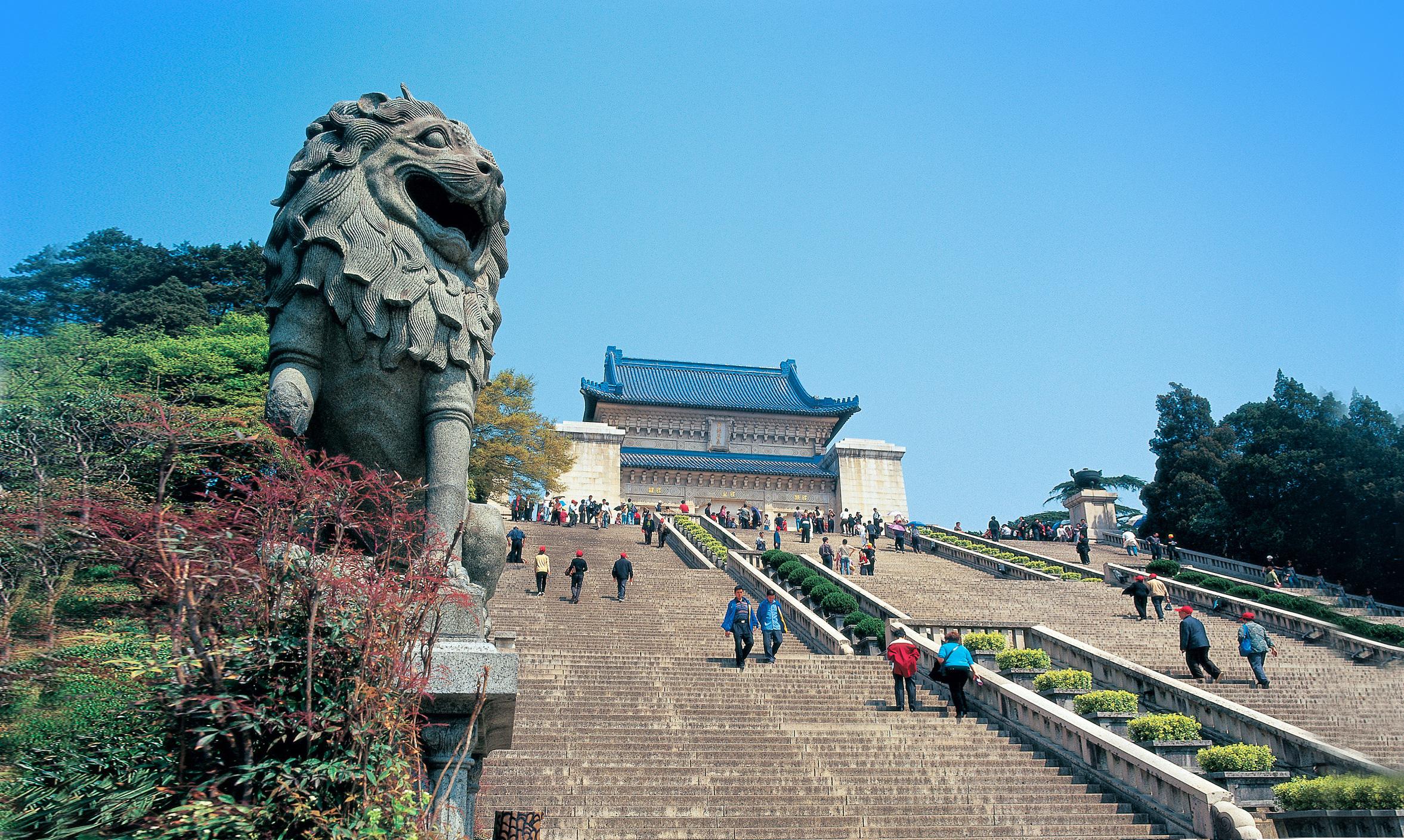
The Ming Xiaoling Mausoleum
The Ming Xiaoling Mausoleum (literally Ming filial mausoleum) is the tomb of the Hongwu Emperor, the founder of the Ming Dynasty. It lies at the southern foot of Purple Mountain, located east of the historical centre of Nanjing, China. Legend says that in order to prevent robbery of the tomb, 13 identical processions of funeral troops started from 13 city gates to obscure the real burying site.The construction of the mausoleum began during the Hongwu Emperor's life in 1381 and ended in 1405, during the reign of his son the Yongle Emperor, with a huge expenditure of resources involving 100,000 labourers. The original wall of the mausoleum was more than 22.5 kilometres long. The mausoleum was built under heavy guard of 5,000 troops.
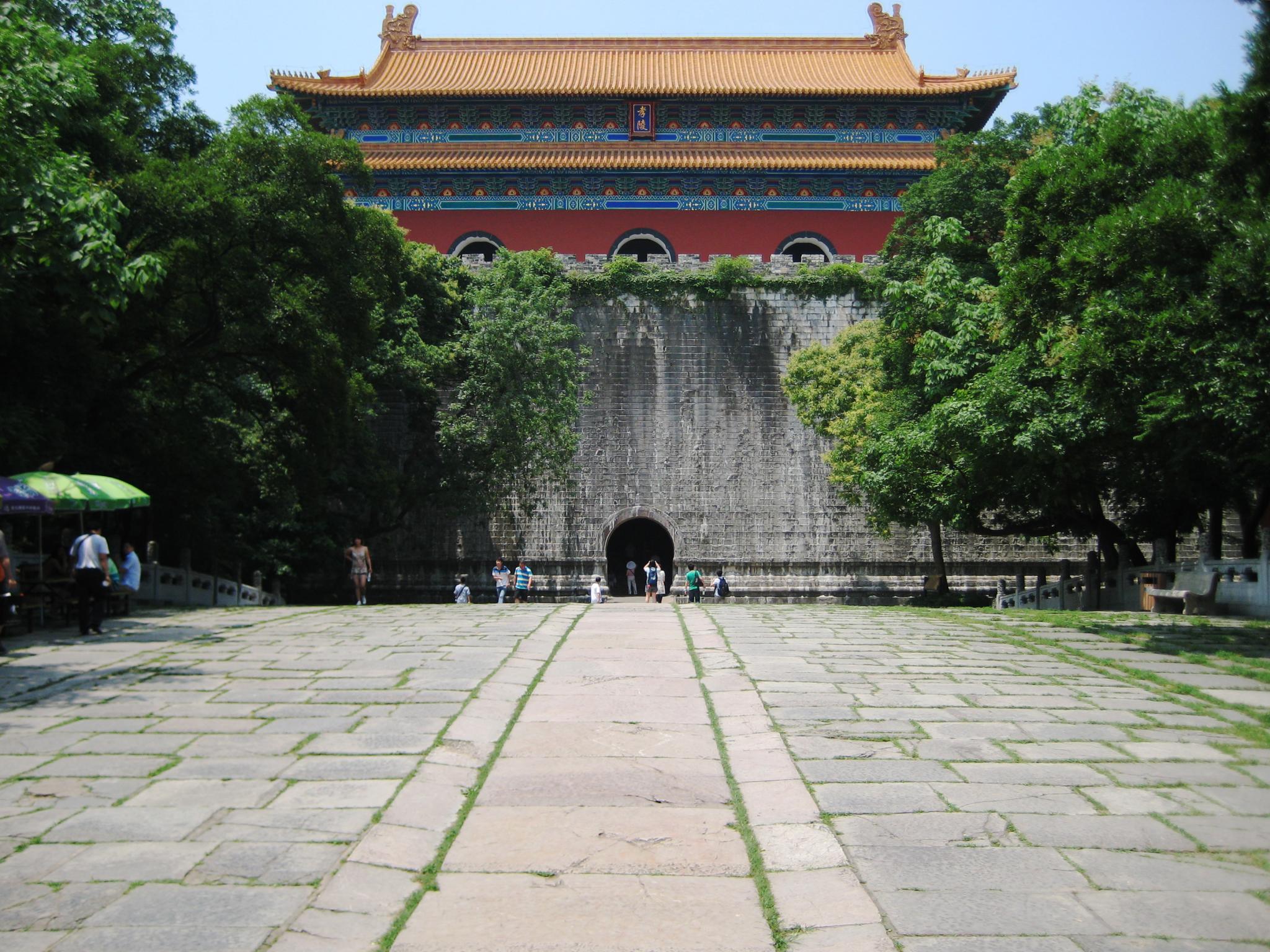
Xuanwu Lake
Xuanwu Lake is located in Xuanwu District in the central-northeast part of Nanjing, near Nanjing Railway Station and Ji Ming Temple.The Ming city wall borders the park to its south and east and a pagoda and the Zifeng Tower overlook the lake. The lake covers 444 hectares and is 15 kilometers in circumference. According to the local legend, a black dragon was seen in the lake and was believed by Chinese Taoists to be a god of water protection called Xuanwu which gave it its name.Xin-JiekouXin-Jiekou is the central business district of Nanjing, which has a history of nearly 100 years.It gave its name to Xinjiekou subway station.
